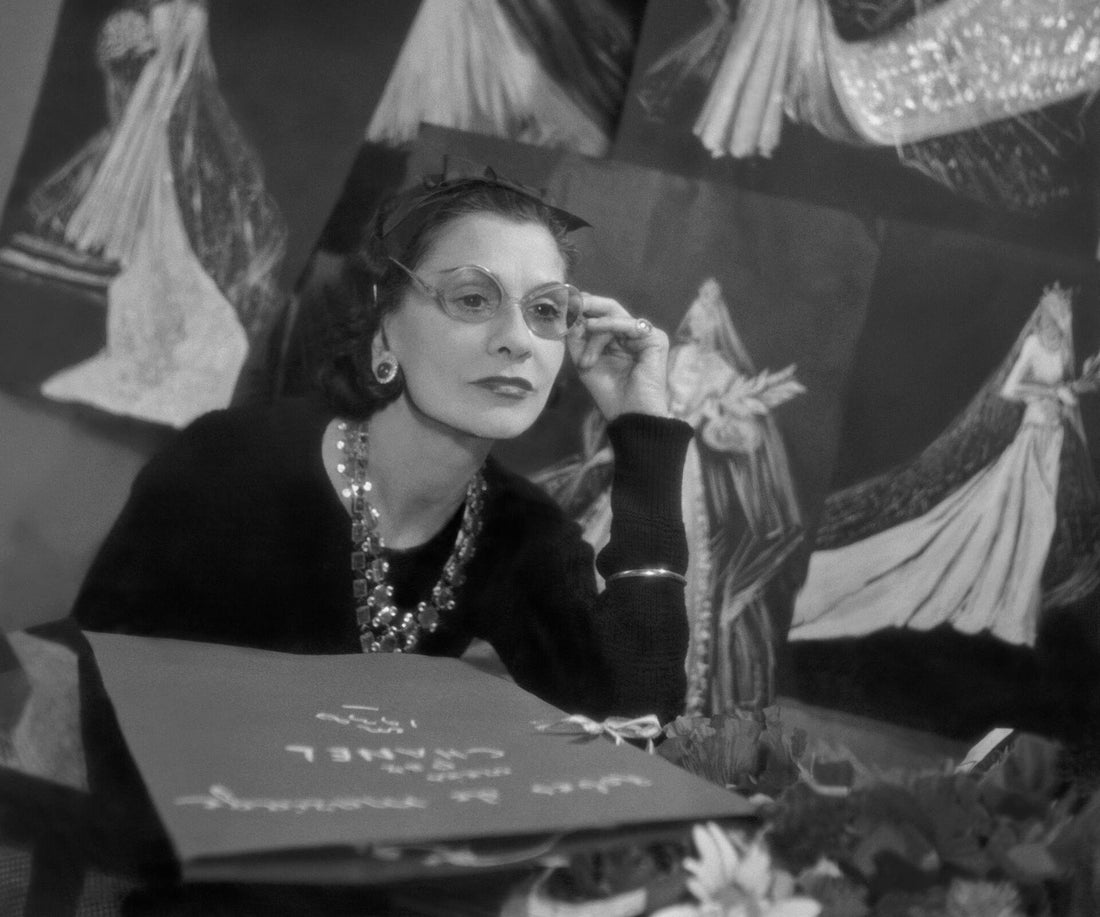
Gabrielle Chanel: an enduring legacy
Chanel confirms the departure of Virginie Viard after a rich collaboration of five years as Artistic Director of Fashion Collections, during which she renewed the House’s codes while respecting Chanel’s creative heritage, and nearly 30 years with the House. Chanel said in a statement, "A new chapter is opening for Chanel Mode. We are confident in the teams’ ability to ensure the continuity of the collections during this period of transition. A new creative organisation for the House will be announced in due course. Chanel would like to thank Virginie Viard for her remarkable contribution to Chanel’s fashion, creativity, and vitality". Viard was appointed Creative Director in 2019 following Karl Lagerfeld’s passing, but she had been with the French Maison for 30 years, serving as Lagerfeld’s right-hand woman.

Image: Installation view of Gabrielle Chanel. Fashion Manifesto, image courtesy of Victoria and Albert Museum, London. Image above: Gabrielle Chanel, 31 rue Cambon, 1937, Paris, Photo: Roger Schall/Condé Nast/Shutterstock.
After a sellout exhibition earlier this year at the V&A, London (Gabrielle Chanel. Fashion Manifesto), Chanel's enduring legacy continues to shape the fashion world.
We owe a great deal to Coco Chanel, an icon of the 20th century. Her legacy is the looks we take for granted: suntans, easy hair, striped t-shirts and sailor pants, cardigan jackets and a scent known by its number 5 her lucky number and the source of her fortune and her freedom.
On the surface Chanel was the woman who had it all – christened Gabrielle, Coco to her intimates, Mademoiselle to her staff and the world – but this was a poor girl who left her convent with a sense of style so strong it broke the mould. In her twenties, Chanel threw out the corsets, skirts and hats that hampered women and strode onto the social scene at Deauville tanned and fit in loose jackets and skirts, the epitome of the liberated woman. By 1918 she had opened her first boutique, and was photographed, smiling and stretching like a cat in the sun, jersey outfit showing off her supple body.
By her thirties she had an eponymous business plus a string of lovers. She designed costumes for Diaghilev, Cocteau and Picasso.To be invited to loll on Chanel's velvet sofas was an accolade – and a photo opportunity. Image: Tunic illustration, April 1922, Vogue magazine
Image: Tunic illustration, April 1922, Vogue magazine
Chanel's ability to reinvent herself was her greatest asset, and in the Fifties her fame spread worldwide. Film stars wore Chanel with pride - as did Jackie Kennedy as First Lady. The Chanel suit was the working girl's uniform and its begetter remained the indefatigable worker, then in her eighties, scissors at the ready, as she cut and reworked her jackets. In the Sixties, at the first show I covered, I remember seeing her sitting on the stairs, looking down on the audience, attentive and true to one of her famous remarks: “Chanel, above all else, is a style. Fashion goes out of fashion, style never.”
This book by Edmonde Charles-Roux, former editor in chief of French Vogue, and friend, offers a frank portrait of her long, mesmerising life. First published in l979, this reprint has over 400 illustrations and photographs that chronicle the cat-like Chanel's many lives.
Extract from Selvedge Issue 6 : Blossom by Deirdre McSharry
